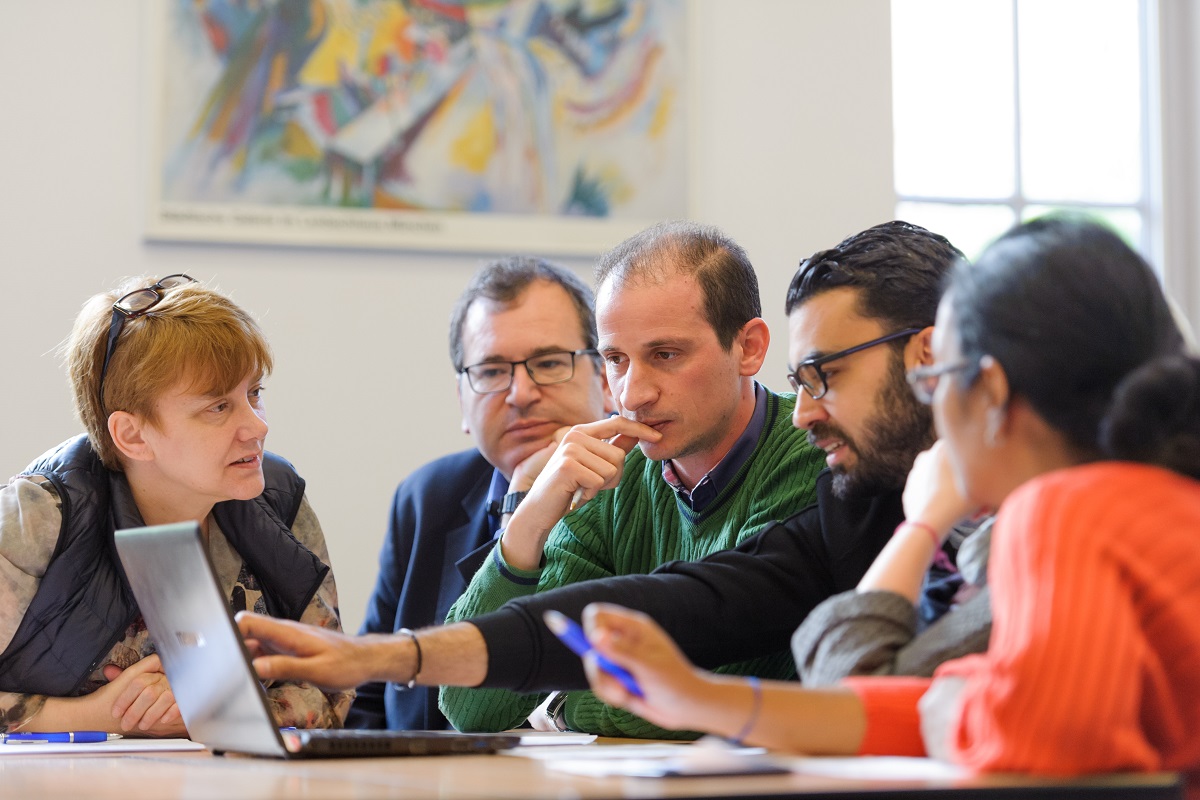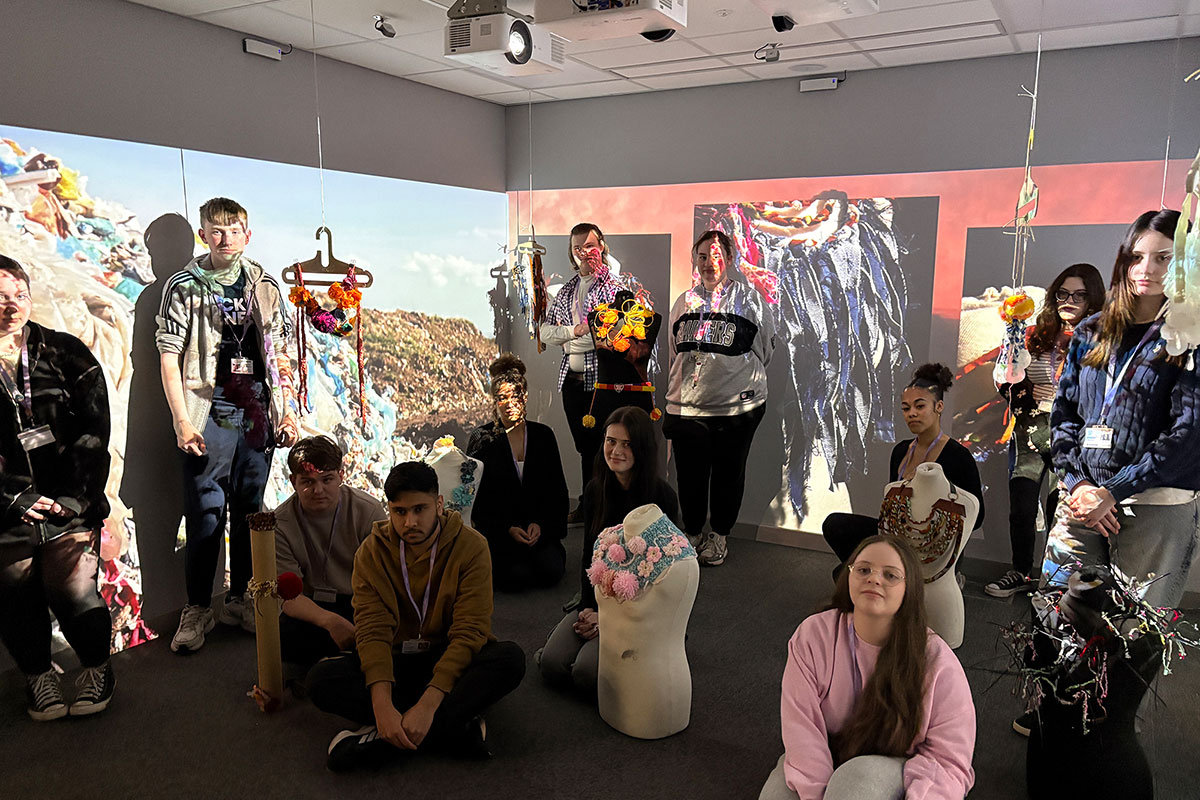Prioritising alternative education pathways to accelerate diversity in STEM

In today’s dynamic job market, diversity, equity and inclusion, and accessible learning, are more critical than ever in opening up STEM opportunities.
These factors are particularly important for organisations looking to attract, retain and develop talent in the face of the ongoing digital skills gap. According to our latest research report, 97% of decision-makers within critical industries admit a shortage of talent is hindering their ability to gain a digital advantage.
Against this backdrop, it is crucial that industry, government and academia work together to encourage people of all ages, backgrounds, mindsets and skill sets to pursue STEM careers. As the digital world continues to expand, so does the number of people who are interested in STEM roles. However, recent data reveals that 60% of people looking for a job and 75% of individuals looking to change careers feel underqualified to pursue these fields.
This is a great opportunity to prioritise recruiting new and diverse talent. Achieving progress and growth in this area involves creating, and recruiting from, alternative education pathways, providing continuous learning opportunities and equipping people with the confidence and skills they need to excel, while embracing diversity, equity and inclusion from all avenues.
Prioritising diversity of thought in STEM
Undoubtedly, an organisation’s greatest asset is its people. However, to be able to successfully cater to their unique needs, it is no longer enough to merely focus on diversity and inclusion. It is also crucial to prioritise equity in the workplace. Acknowledging that not everyone has equal opportunities to begin with, and providing a platform in which individuals can thrive, will enable companies to reach equal outcomes and, in turn, maintain their competitive edge.
Diversity of thought also allows us to better serve our communities and customers. Technology impacts everyone and has become an integral part of our lives, no matter which sector we are involved in. It is important that those who design and develop these technologies reflect the diversity of the people who use them. Take the technology of the moment, generative AI, as an example. If the data and texts used to train AI models are not inclusive, the resulting product may not be able to understand or respond to the needs and perspectives of all users. This can lead to biased or offensive responses, excluding large demographics from benefiting from the technology. On the other hand, if generative AI models are trained on diverse data and texts, they will be more responsive to a wider range of users, helping to bridge communication gaps and enable more people to access and use the technology.
By taking meaningful action and ensuring that diversity, equity and inclusion are at the heart of our industry, we can create a more equitable and just society where emerging technologies are developed and deployed in ways that benefit everyone.
The importance of alternative pathways into STEM
While some progress has been made, we still have a long way to go if we want to make this vision a reality. Recent data has shown that only 12% of the STEM workforce are from ethnic minority groups and those with disabilities are significantly underrepresented in the industry.
Encouraging people from all walks of life into technology roles and offering lifelong learning opportunities are vital for addressing skills gaps and creating a more diverse and equitable workforce. But it cannot be achieved by purely considering applicants who have taken a traditional route into STEM. It is vitally important that we also prioritise the expertise of those who have pursued alternative education pathways, such as bootcamps and apprenticeships.
Reaching individuals at all stages of their learning journey is also key, including career switchers and those returning to work after an extended absence. Career development should not be treated as a one-time event, but rather as an ongoing process that requires continuous nurturing and attention. Providing flexible learning platforms and partnering with educational institutions can help employees acquire new skills and knowledge that can be applied in their current roles – or help them transition into new career paths within the company. By investing in the professional growth and development of employees at differing stages of their career journey, we can ensure a loyal and skilled workforce that is committed to growth.
This not only benefits the individual, but also the organisation as a whole. Companies that put career development and learning at the heart of the business are better positioned to keep up with the pace of change and remain competitive in rapidly evolving STEM industries.
Empowering individuals to embark on their tech journey
Empowering people at all stages of their STEM career – particularly those from underrepresented communities – should be everyone’s priority. Fortunately, there are initiatives, such as National Careers Week, which have been created to help people consider their career options. There are also organisations, like Code First Girls, which are equipping women of all backgrounds to build and develop their digital skills. BAE Systems Digital Intelligence’s own Cyber Accelerator programme, for instance, provides an opportunity for individuals with software development experience to take their first step into the world of national security.
It is vital to constantly reflect on the inclusivity of our businesses and that we work together to address the issue of diversity in STEM. The industry has so much to offer in terms of innovation, creativity and impact, and, ultimately, we can only achieve excellence and solve key challenges of our time with the expertise, knowledge and skills of a diverse, equitable and inclusive workforce.












Responses